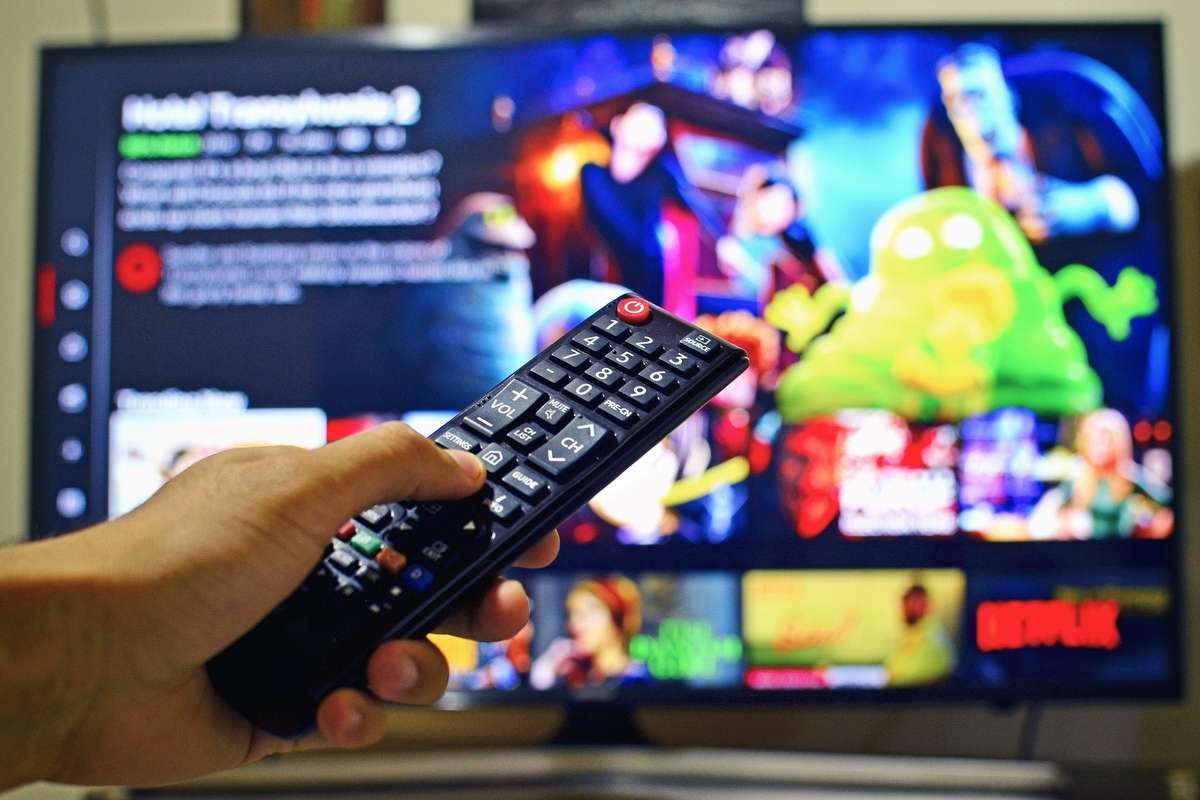OTT Platforms Will “Coexist” With Theatres
Similar sentiments were earlier shared by Vivek Raina, chief executive officer at Excitel Broadband, in an interview with TelecomTalk in May. Raina said that Excitel hasn’t witnessed “any major sustained surge in demand” during the second wave of the Covid-19 as the company “never” witnessed a “slump in consumption” since the initial lockdown in March 2020. The Excitel CEO provided multiple reasons for the company not witnessing a “slump in consumption”, including that “people generally have developed a habit of entertaining themselves by playing online games or watching OTT content.” It also has to be noted that Excitel started bundling Zee5, Voot Select, Eros Now, and ShemarooMe subscriptions with its 300 Mbps plans in late February. Raina said that the company “received an overwhelming response” from its users for its 300 Mbps plan with OTT subscriptions. With the second wave of the COVID-19 pandemic now easing across India, multiple regions, including Maharashtra, have allowed multiplexes to reopen in a limited capacity. However, Edelweiss Research, a leading domestic institutional brokerage house in late June, said in a report that the OTT platforms will “coexist” with theatres. “We believe OTT platforms have definitely received a push due to the pandemic,” Edelweiss Research said in a report. “But, halls and OTT will coexist. Producers will continue to release first in theatres as it gives them better upside and then on OTT immediately after a few weeks to earn from both media.”
Mobile Broadband Driving Digital Content Consumption Says, Analyst
Additionally, Airtel management on Friday said that the company would expand its broadband coverage to 1000 cities across India in a “matter of months.” In its fourth-quarter report, Airtel said that its wired broadband service for homes is available across 291 cities, including the local cable operator (LCO) cities. In a separate report in late June, Edelweiss Research said that television has turned into a “preferred medium for content consumption” in India due to the low wired broadband penetration. “Wired broadband is a prerequisite for digital to become the mainstay for content consumption,” Edelweiss Research said in a report. “Mobile broadband is driving digital content consumption growth in India.” The firm said that it believes an “aggressive digital strategy is a must for all traditional broadcasters” as it would provide a “massive growth opportunity” in the medium and long term. “Digital makes on-the-go consumption possible,” Edelweiss Research said in its report. “Also, TV content has its limitations, so digital can showcase content for audiences who are not regularly available on TV.” In its press briefing, Airtel management also highlighted that the average revenue per user (ARPU) metric is declining in its Direct-to-Home (DTH) segment as its users are increasingly watching OTT content. However, Edelweiss Research said that the OTT platforms will not “cause any structural change” in the entertainment industry as “most consumers and producers still prefer theatre releases.” The firm said the “big-budget” movie producers would opt to “wait and release in theatres” rather than releasing the movie on an OTT platform. “Producers will continue to release first in theatres as it gives them better upside and then on OTT immediately after a few weeks to earn from both media,” Edelweiss Research said in a report. “Disney, for example, has decided to release its major film Cruella first on screens for a few weeks despite owning its own OTT platform Disney+.” It has to be noted that in early June, Kamal Gianchandani, chief executive officer at PVR Pictures, said that Radhe, a movie starring Bollywood actor Salman Khan, was a “big experiment.” Radhe, the “much-awaited” movie, was released on Zee5, the OTT streaming platform run by Zee Entertainment Enterprises (ZEE), in the second week of May. “Radhe was a big experiment,” Gianchandani said in the fourth-quarter earnings call. “And I think there is a fair amount of consensus that the experiment has not worked.”
